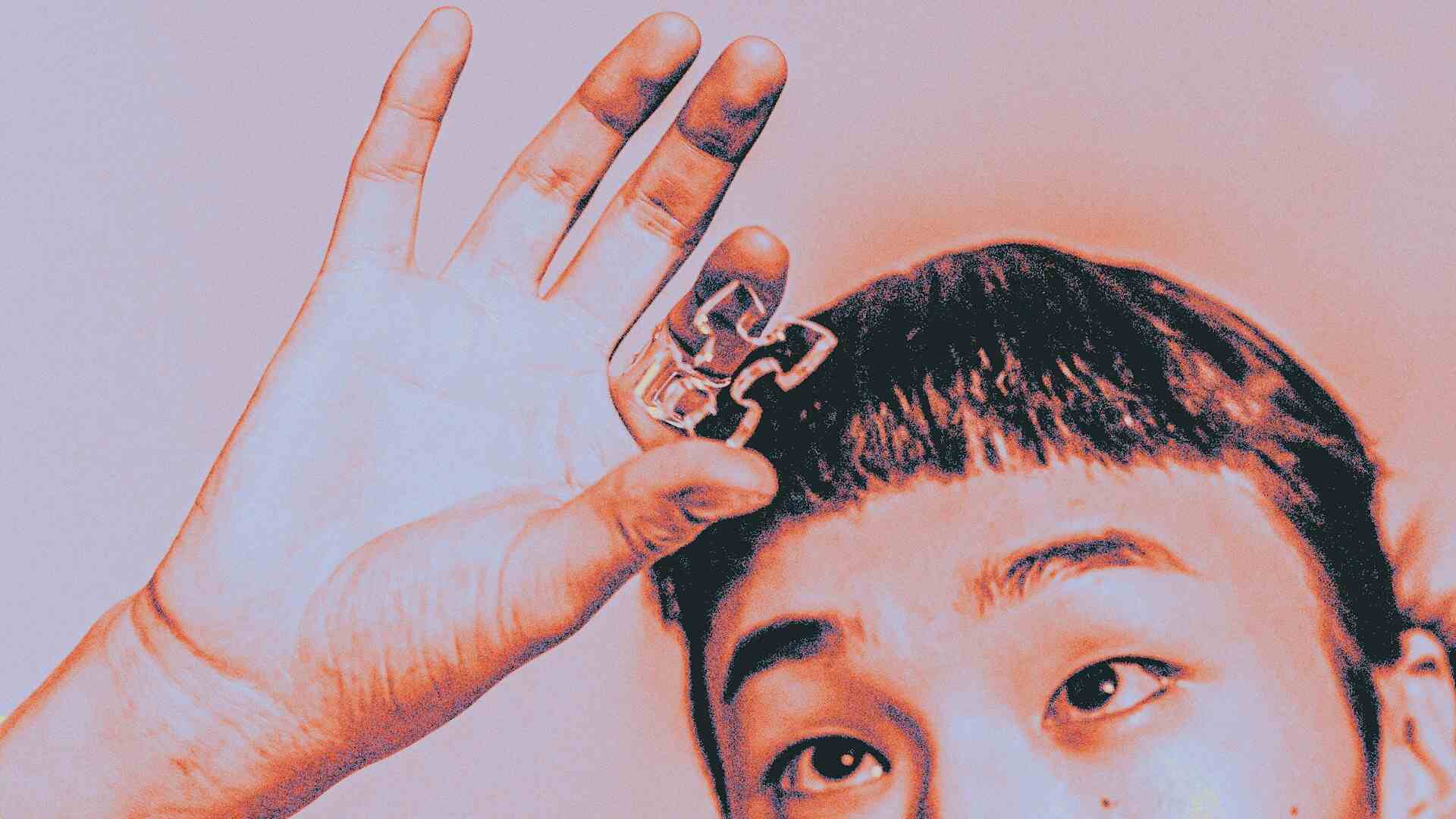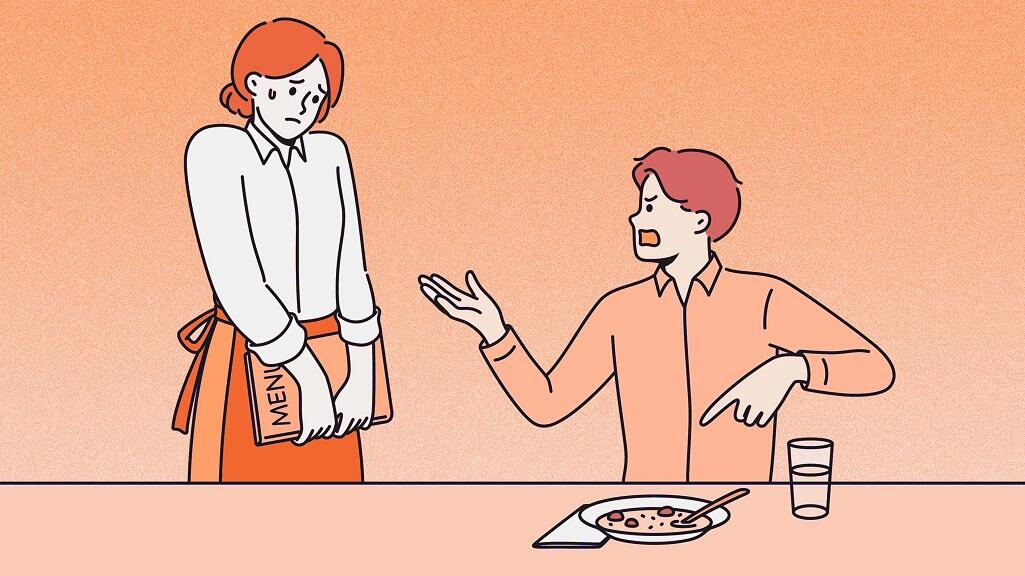- | 9:00 am
Why the best way to solve problems may be to think backwards
It’s called mental inversion, and here’s how it works.

Thinking forward is an automatic process. Cause, then effect. Input, then output. A to B. It feels logical—and normal to start with a conclusion, then find justification around it.
But we can always take our thinking a step further. Sometimes, the best way to get the answers you want is to think backwards. It’s called mental inversion. Turn the whole thinking process upside down. As the great algebraist Carl Jacobi said, “Invert, always invert.”
Put another way, “What would guarantee I fail at X?” is a better question than “How do I achieve X?” Most people focus on the obvious process because the brain doesn’t like to think through ugly pitfalls. Starting from B to A helps you avoid the results you don’t want. It’s one of the most powerful tools I use to think clearly.
To turn your decision-making process upside down, start from the back. Thinking backwards works because it forces you to reflect on what may be missing. The human brain is wired to save energy. It wants quick answers. Slowing down to see the full picture helps you cover all the basics of your decision-making process. Inversion helps you ask better questions. It can improve your clarity. Psychology research backs this up. A study in Cognitive Science showed that framing problems in reverse helps people make fewer errors in judgment. It works because it breaks default thinking patterns. It slows you down just enough to think more deliberately.
The antidote to mental fog
Clarity disappears in abstraction. If I try to think through every possible positive outcome, I get overwhelmed. But if I ask, “What’s the dumbest mistake I could make here?” I suddenly see the risk clearly.
When I want to be productive, I don’t just make a to-do list. I make a not-to-do list. That’s mental inversion. It opens up a whole perspective I’m missing. Taoist philosopher Lao Tzu has said, “To attain knowledge, add things every day. To attain wisdom, remove things every day.”
When I write, I don’t just think about everything I should include. I also look for what to cut. What confuses the reader? What slows them down? I try to remove what makes the post unreadable. And try to get rid of that. Inversion works because subtraction is often more effective than addition. It applies to almost every area of life.
In his book, The Bed of Procrustes, author Nassim Taleb writes, “Knowledge is subtractive, not additive — what we subtract (reduction by what does not work, what not to do), not what we add (what to do).”
Think like a contrarian
Reversing your thinking also trains you to be mentally independent, assuming the opposite of what you believe and testing it. It reveals hidden assumptions. Don’t just look for what’s true. Look for what could be false. You don’t always need a new good idea. Sometimes you just need to clear out the bad ones.
Look at opposites. Always invert. “Indeed, many problems can’t be solved forward,” says philanthropist and investor Charlie Munger. By exploring the worst, you can unlock the best. When in doubt, reverse. Don’t just pursue outcomes. Find the blind spots people normally ignore. Sometimes the fastest way forward is to look backward first.
How to apply inversion in life
If you are stuck on big, knotty questions, invert. “How do I find happiness?” is vague. Instead, ask, “What are the specific, proven actions that make me miserable every single time?” For me, it’s skipping quality sleep, isolating myself, and overthinking. If life satisfaction is what you want, don’t just ask, “How do I live a happy life?” The more helpful question is, “What makes my life miserable?” List those things, and get rid of them first. Is it a specific experience in your relationship? Poor health or lack of purpose? Be specific. Detail the things that make you unhappy. Now try avoiding them. It’s a precise way to eliminate everything draining your soul. For good health, avoid everything that makes your body worse off over the long term. Bad sleep, ultra-processed food, no exercise, sedentary lifestyle. Think through how people ruin their health.
Don’t start with “what should I do?” Start with “what habits destroy health?” Get rid of those first. Subtraction before addition. To improve your social relationships, spend less time with your connections who drain you.
Career benefits
If you want to apply inversion to your career, think about what people do that hinders their careers. Complacency. Refusal to adapt or learn new skills. Over-promising and under-delivering. Avoid those traps. You don’t need complex systems. You need fewer blind spots.
Inversion applies everywhere. In business, you can focus on what would make your new project an absolute failure in record time. The answers will be clear. Ignore your customers. Spend money you don’t have on things you need. Assume you’re the smartest person in the room. Don’t validate your idea. Be inconsistent. Start with your anti-checklist.
Your actual plan becomes the inverse of that list. Listen obsessively. Be ruthlessly frugal. Test everything. Be more consistent on what moves the needle. Seek smarter advisors. The path forward becomes clear from the list of things to avoid. Inversion gets rid of mental traps, shows you what matters, and stops you from making the same thinking errors. If you want to think clearly, start thinking backwards.






































